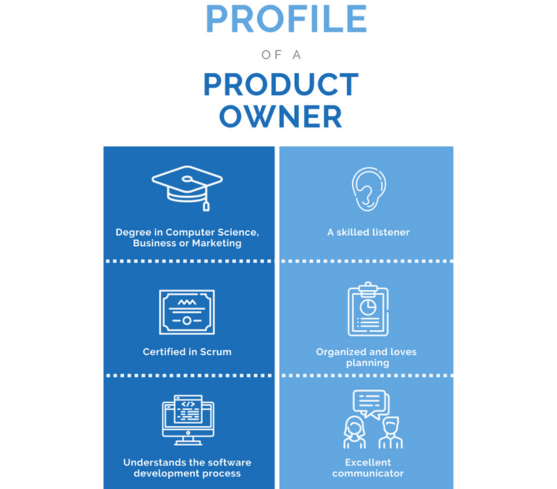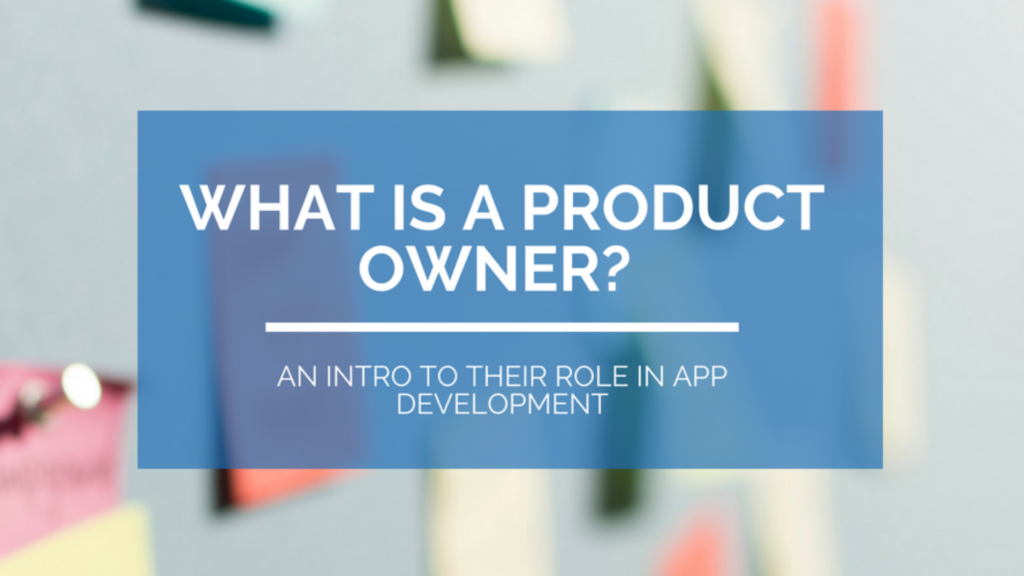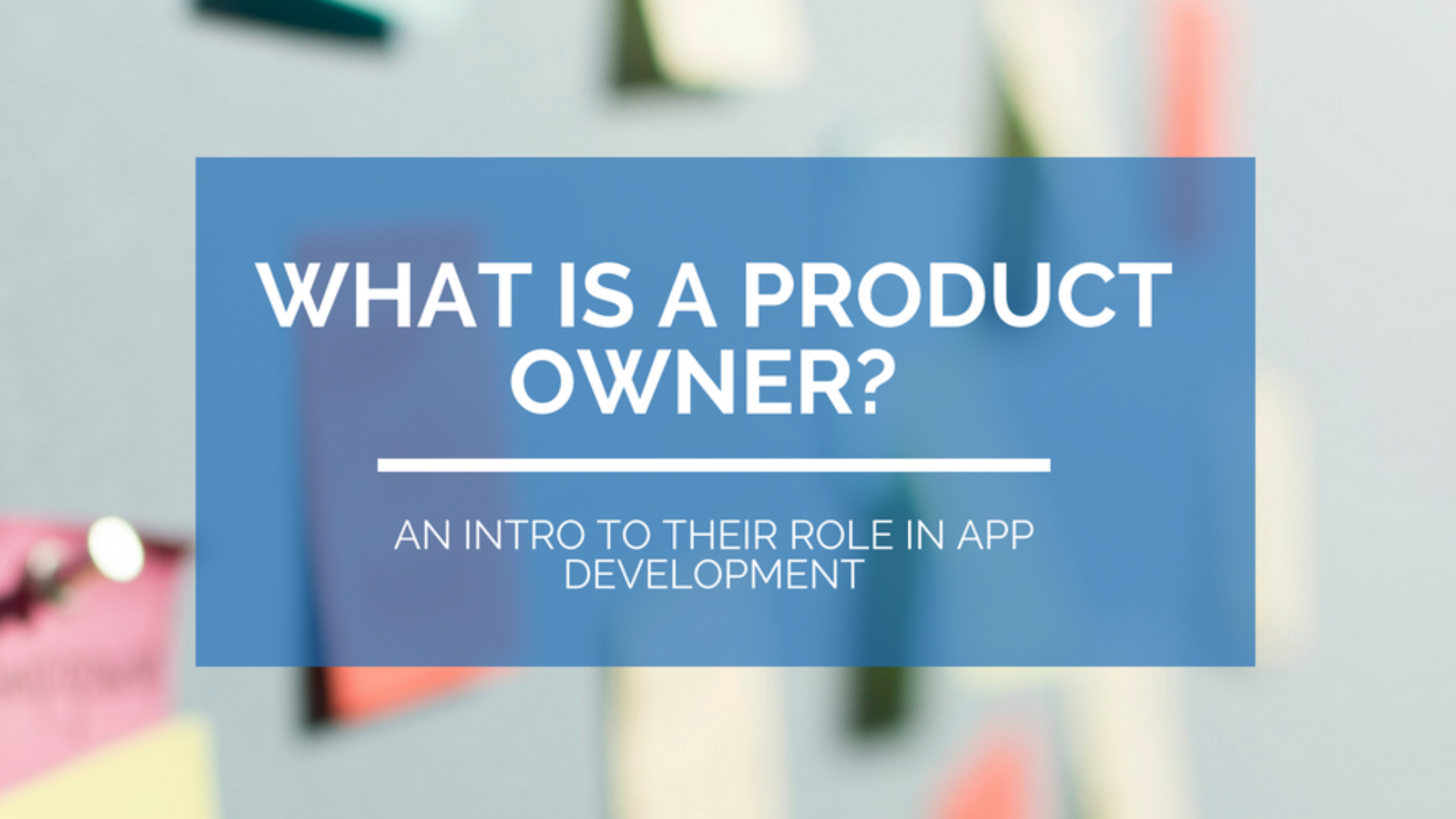In the world of software development, one role is central between IT, business and customer needs: the Product Owner. For teams working with Agile methodologies, especially Scrum, the Product Owner plays an essential role in driving the product vision and delivering value for both users and the business.
Table of Contents

What does a Product Owner do?
At its core, a Product Owner is responsible for maximizing the value of a product through continuous collaboration with the development team, stakeholders and end users. In Agile methodology, their core job is to manage the product backlog-a dynamic list of tasks, features and solutions that the team needs to address over time.

The Product Owner ensures that the backlog aligns with the product’s long-term vision and business goals, prioritizing tasks based on value and urgency. They work closely with teams, including developers, UX designers and marketers, to ensure everyone is working toward the same goals.
In essence, the Product Owner acts as the voice of the customer within the development team. They translate customer needs into actionable user stories and ensure the team delivers features that solve real problems.
So what sort of profile do you need to become one?
A successful Product Owner often has a diverse background. While degrees in Computer Science, Business, or Marketing are a good fit, this role is mostly about skills and experience. Technical knowledge, such as understanding software development, is important, but you don’t necessarily have to be a coder. What really matters is your ability to switch between business goals and technical teams, with a keen eye for priorities and customer value. Experience with Agile and Scrum methodologies is a big plus, but the ability to communicate and make decisions effectively is essential.

Common challenges for Product Owners
- Managing expectations: Balancing the sometimes conflicting demands of stakeholders.
- Preventing Scope Creep: Maintaining focus and priorities despite new requests or ideas.
- Pressing for Predictability: Delivering results within the flexible Agile environment while stakeholders want certainty.
How is a Product Owner different from a Product Manager?
Although there is overlap between the roles, the focus of a Product Manager is more on the strategic vision of the product, such as market research and long-term goals. The Product Owner deals with the day-to-day execution of product development, such as prioritizing tasks and collaborating with the development team. In smaller companies, the roles are sometimes combined, but in larger organizations they often remain separate.
Ready to apply?
Think you’re ready to launch yourself into this role? We’re currently looking for a Product Owner here at XABLU! If you’ve already got some experience under your belt, take a look at our Product Owner job post. If you’re a university student looking for your first position, learn more about our Internship/Graduation Assignment opportunities. Who knows, maybe next week we’ll be introducing you on the blog as our newest team member!
Curious how Xablu can help your organization ?













